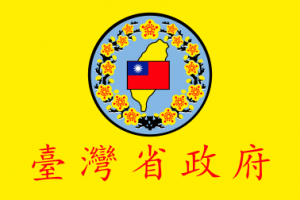Language/Min-nan-chinese/Grammar/Gender
Hi Min Nan Chinese learners! 😊
In this lesson, we will learn about the gender rules in Min Nan Chinese. We will look at how to identify the gender of nouns and how to use them correctly in sentences. Let's get started!
Gender is an important concept in Min Nan Chinese grammar. It is used to determine the form of certain words and the way they are used in a sentence. In Min Nan Chinese, nouns can be either masculine or feminine.
Identifying Gender
The gender of a noun can usually be identified by its ending. Masculine nouns typically end in -a or -e, while feminine nouns typically end in -i or -u. However, there are some exceptions to this rule. For example, the word for "teacher" (老師) is masculine, even though it ends in -i.
Here are some examples of masculine and feminine nouns:
| Min Nan Chinese | Pronunciation | English Translation |
|---|---|---|
| 先生 | sian-seng | Mr. |
| 女士 | lu-sai | Mrs. |
| 學生 | hok-seng | student |
| 老師 | lau-sai | teacher |
Using Gender
Once you have identified the gender of a noun, you can use it correctly in a sentence. In Min Nan Chinese, adjectives, verbs, and pronouns must agree with the gender of the noun they refer to.
For example, the adjective "beautiful" (美麗) changes depending on the gender of the noun it refers to. When referring to a masculine noun, the adjective becomes "美麗嘅" (beautiful). When referring to a feminine noun, the adjective becomes "美麗嘅" (beautiful).
Similarly, the pronoun "his" (他嘅) changes depending on the gender of the noun it refers to. When referring to a masculine noun, the pronoun becomes "他嘅" (his). When referring to a feminine noun, the pronoun becomes "她嘅" (her).
Practice
To improve your Min Nan Chinese Grammar, you can also use the Polyglot Club website. Find native speakers and ask them any questions!
➡ If you have any questions, please ask them in the comments section below.
➡ Feel free to edit this wiki page if you think it can be improved. 😎

